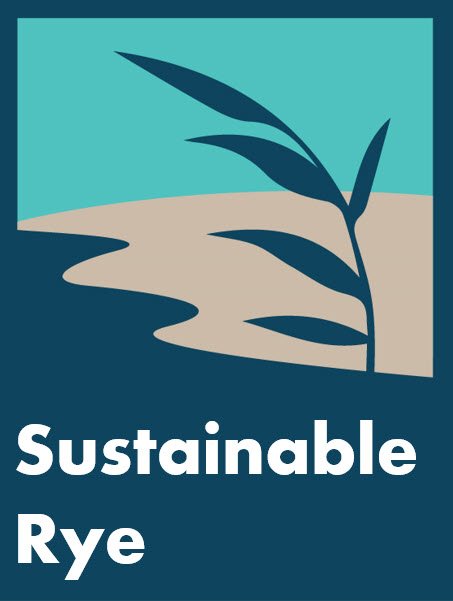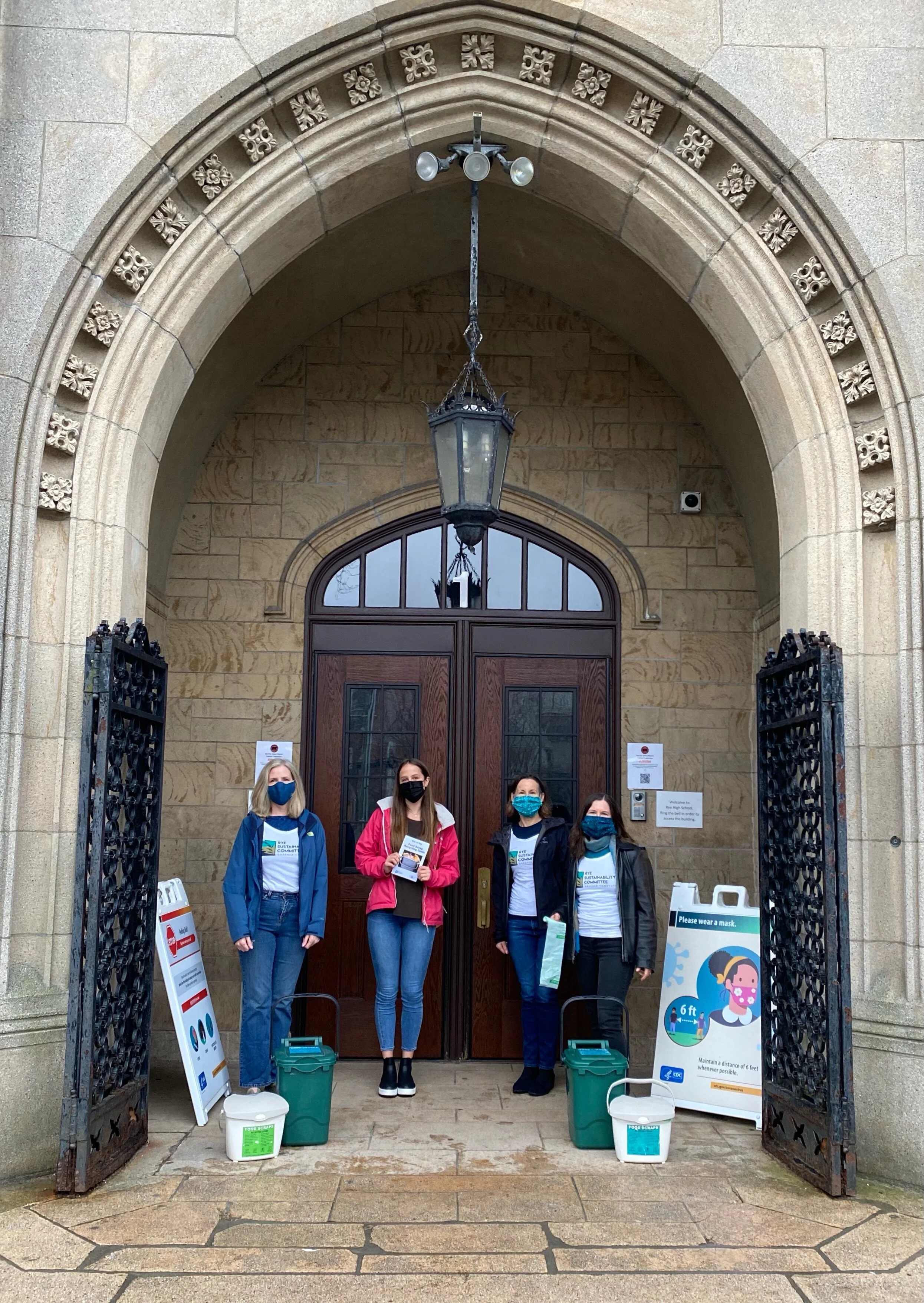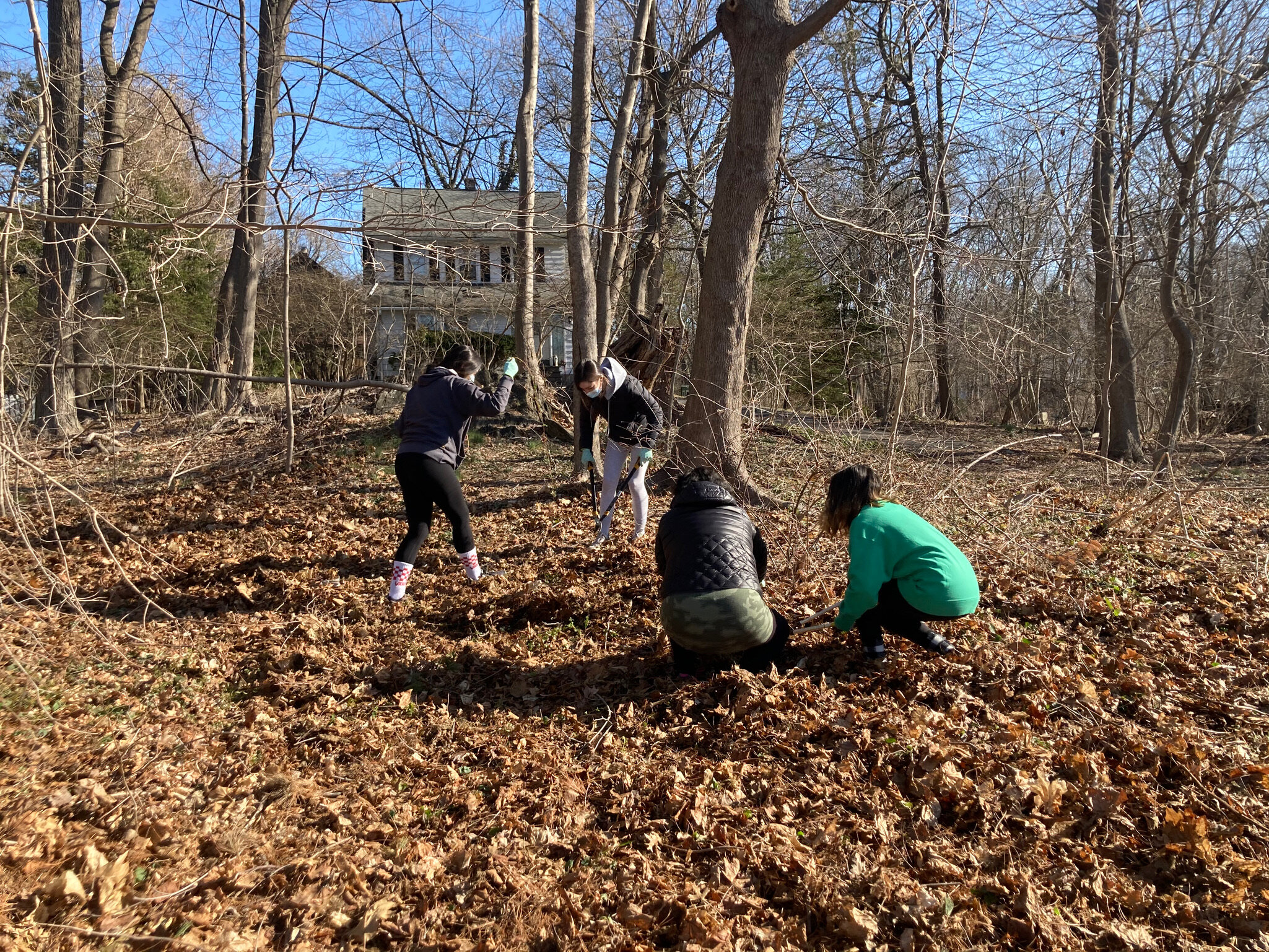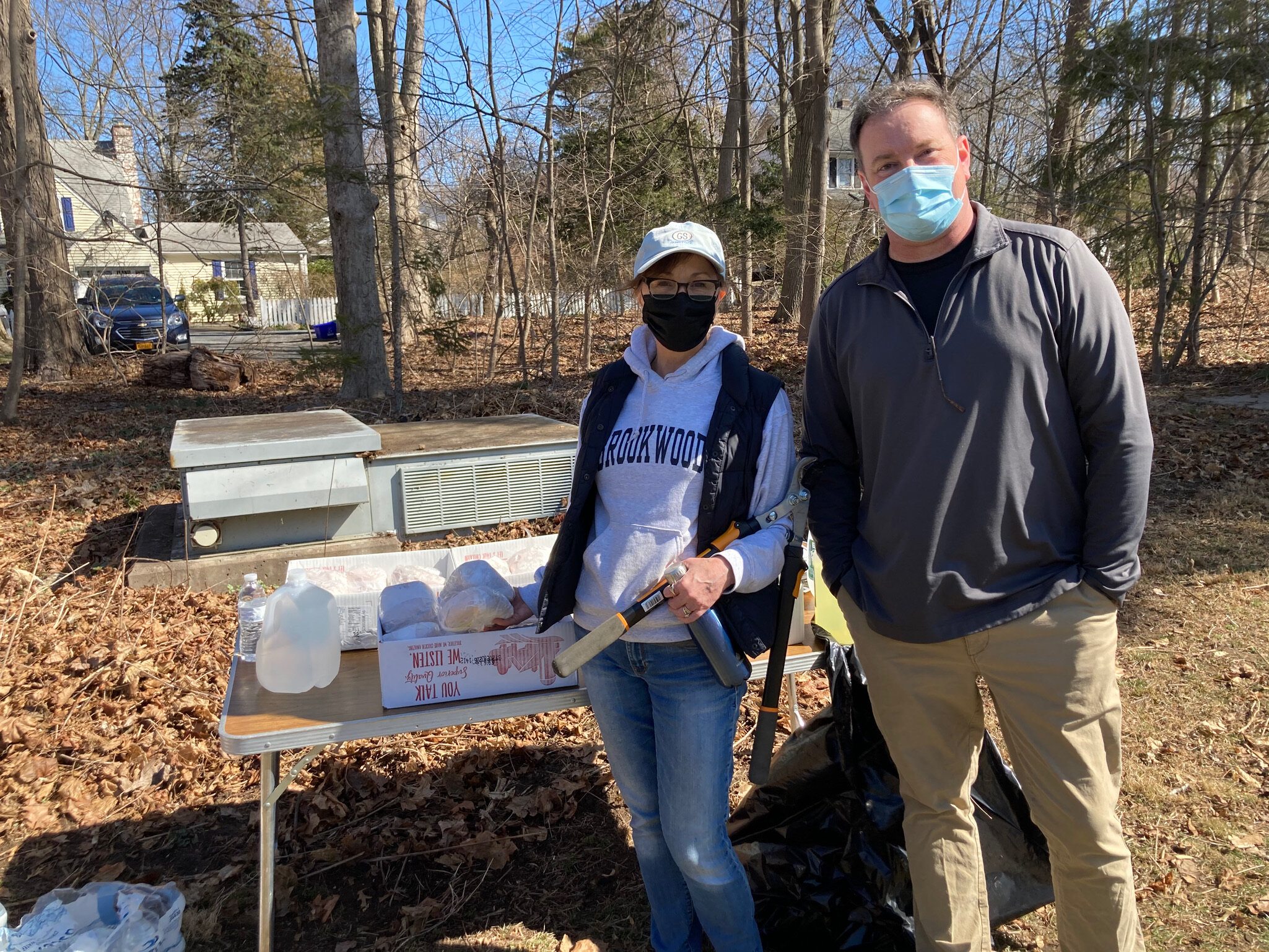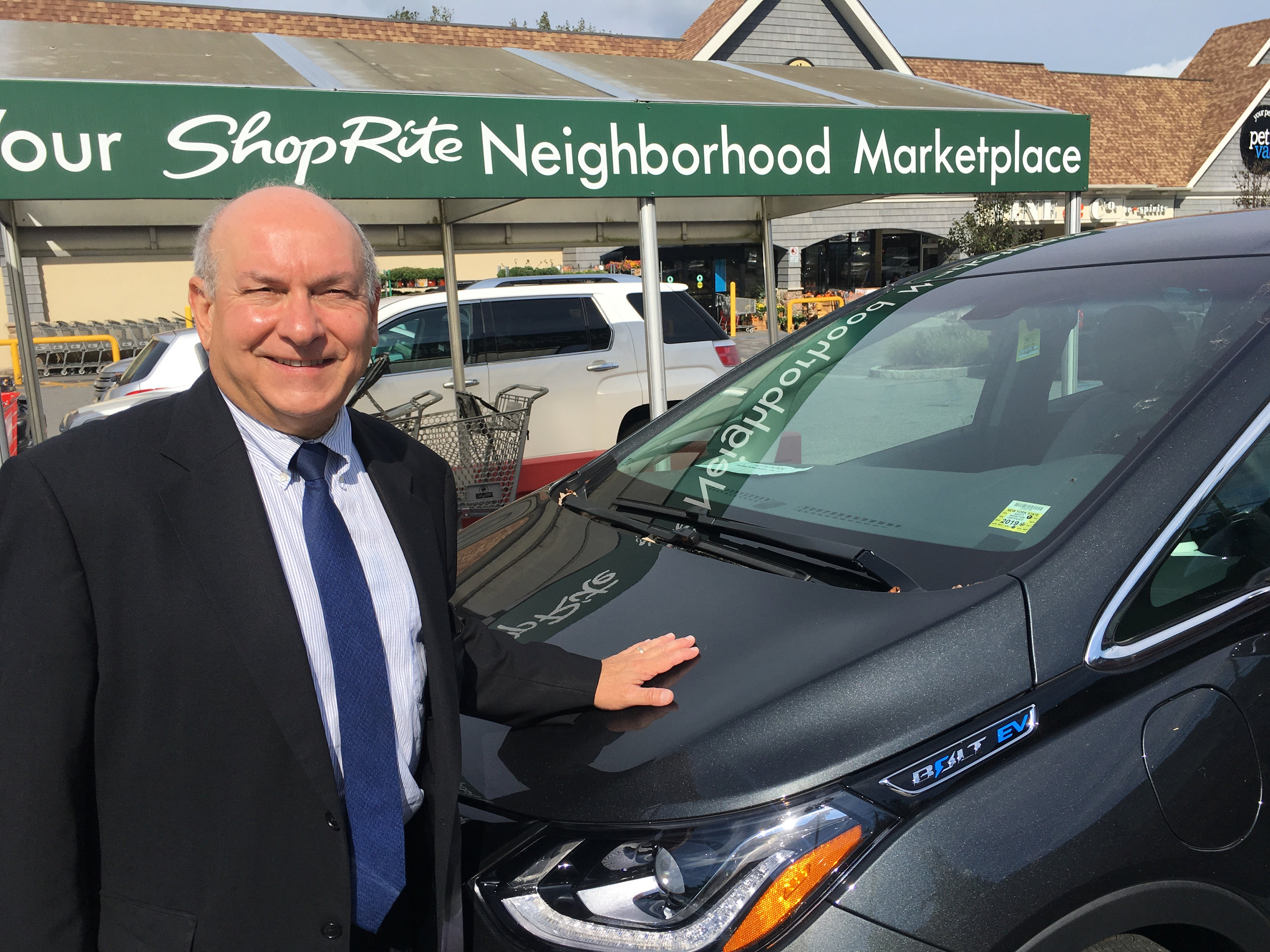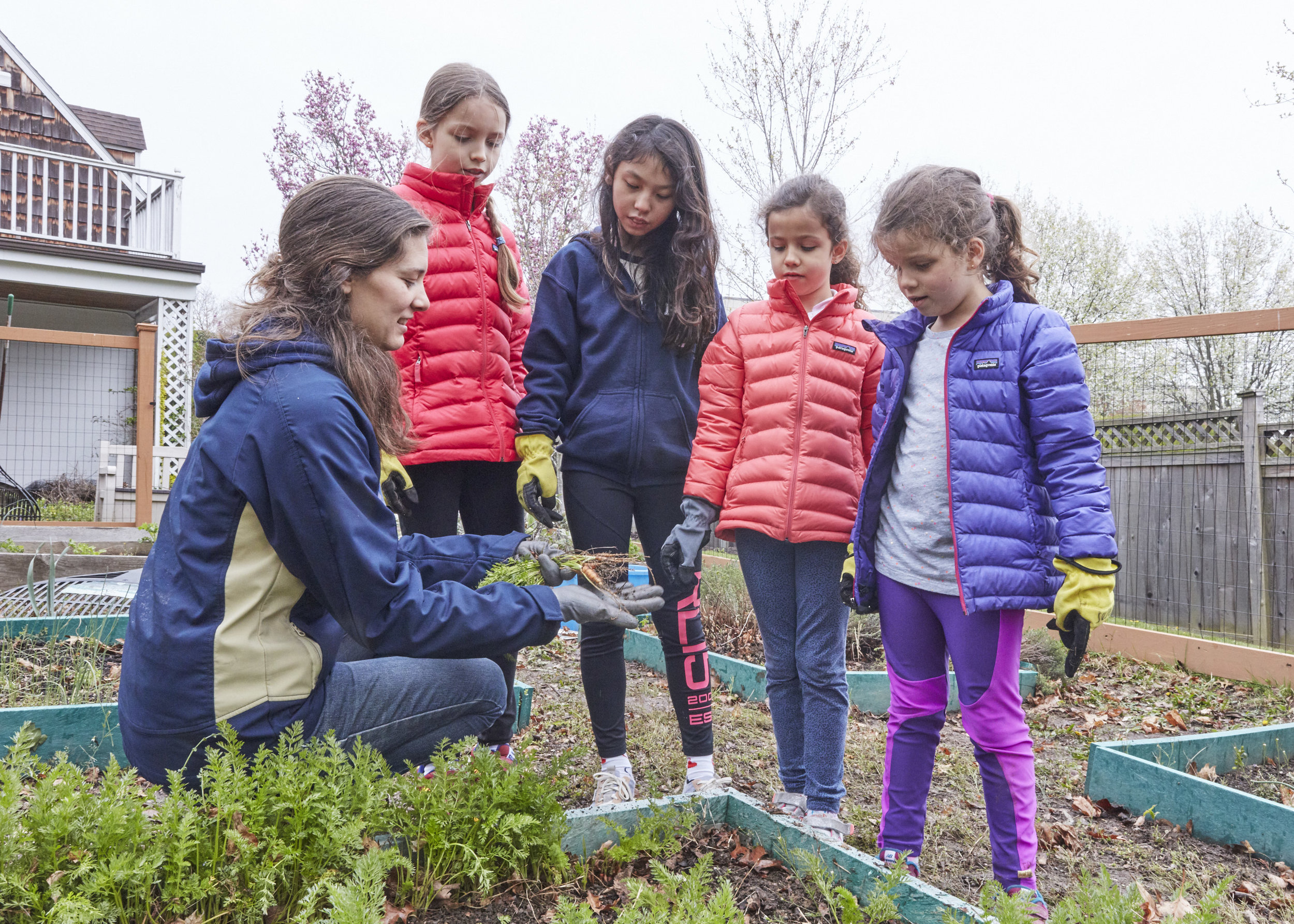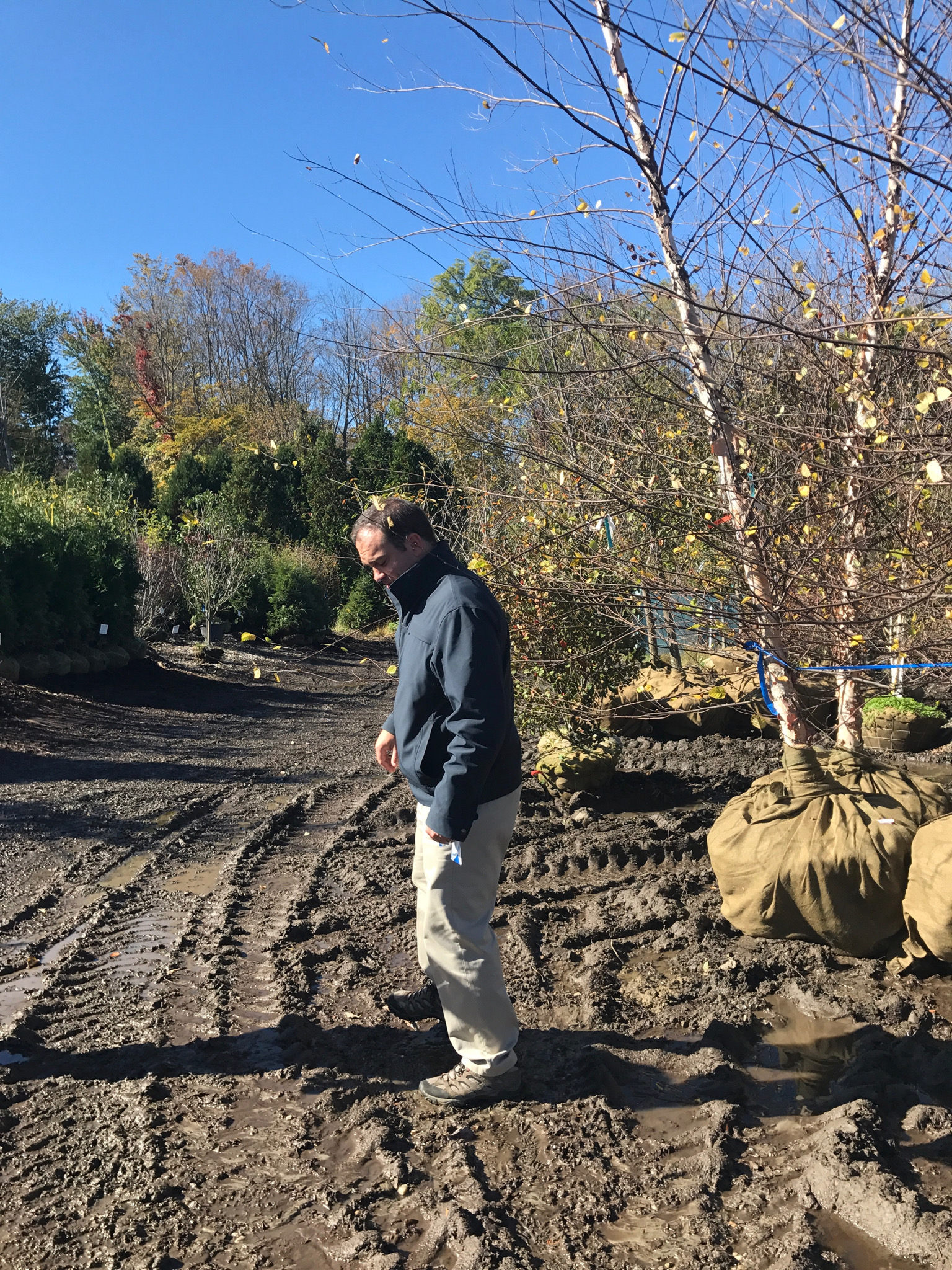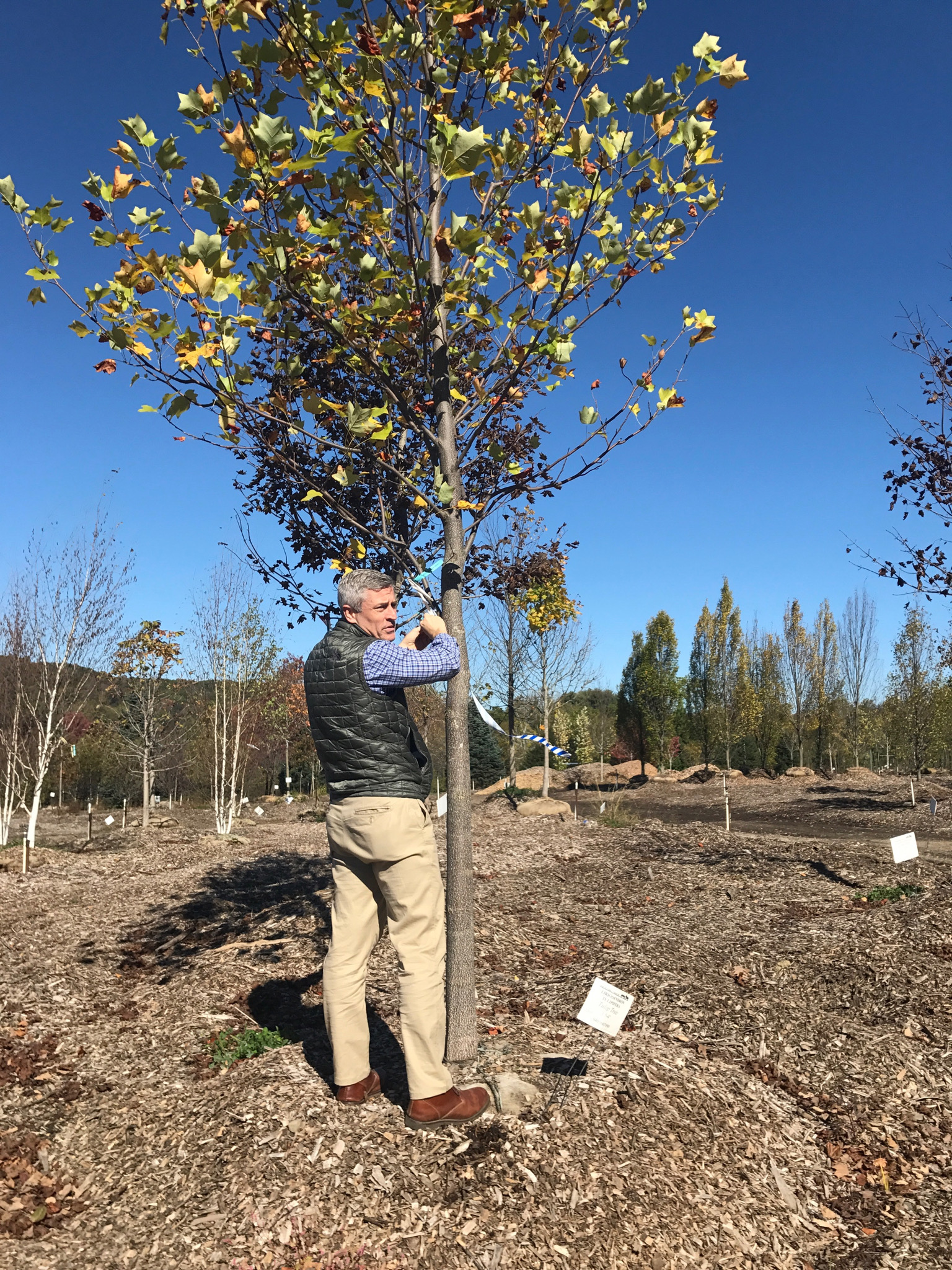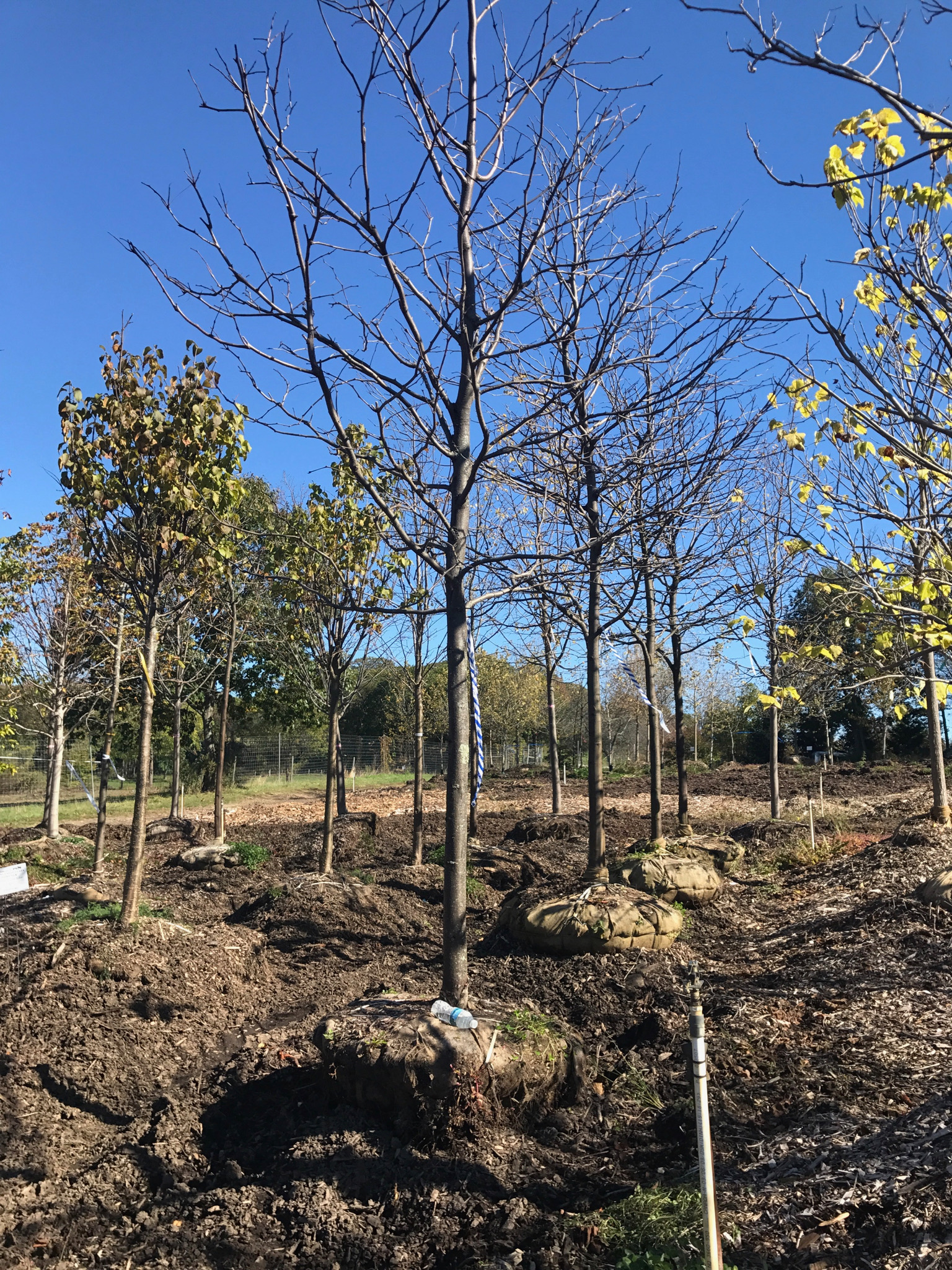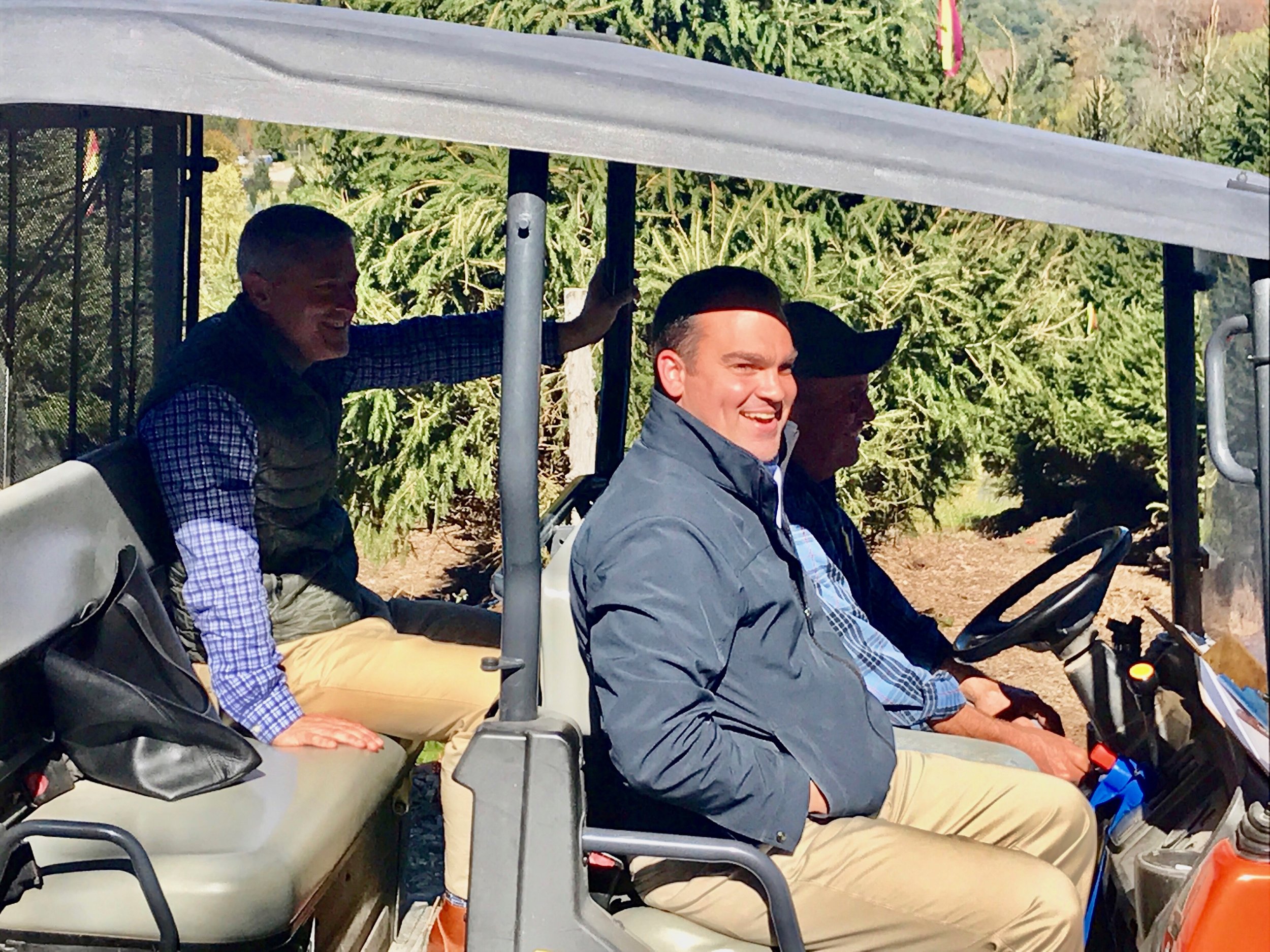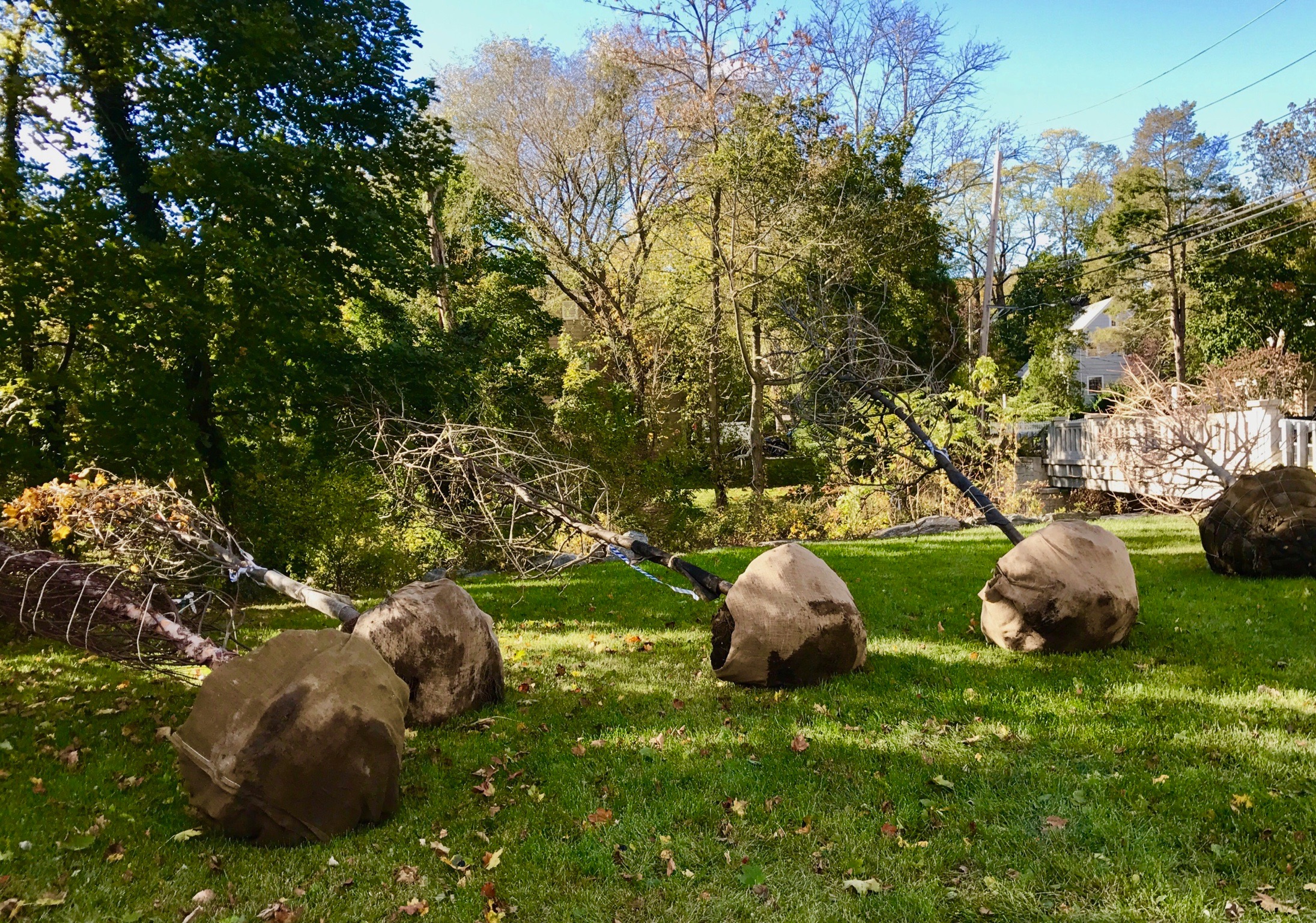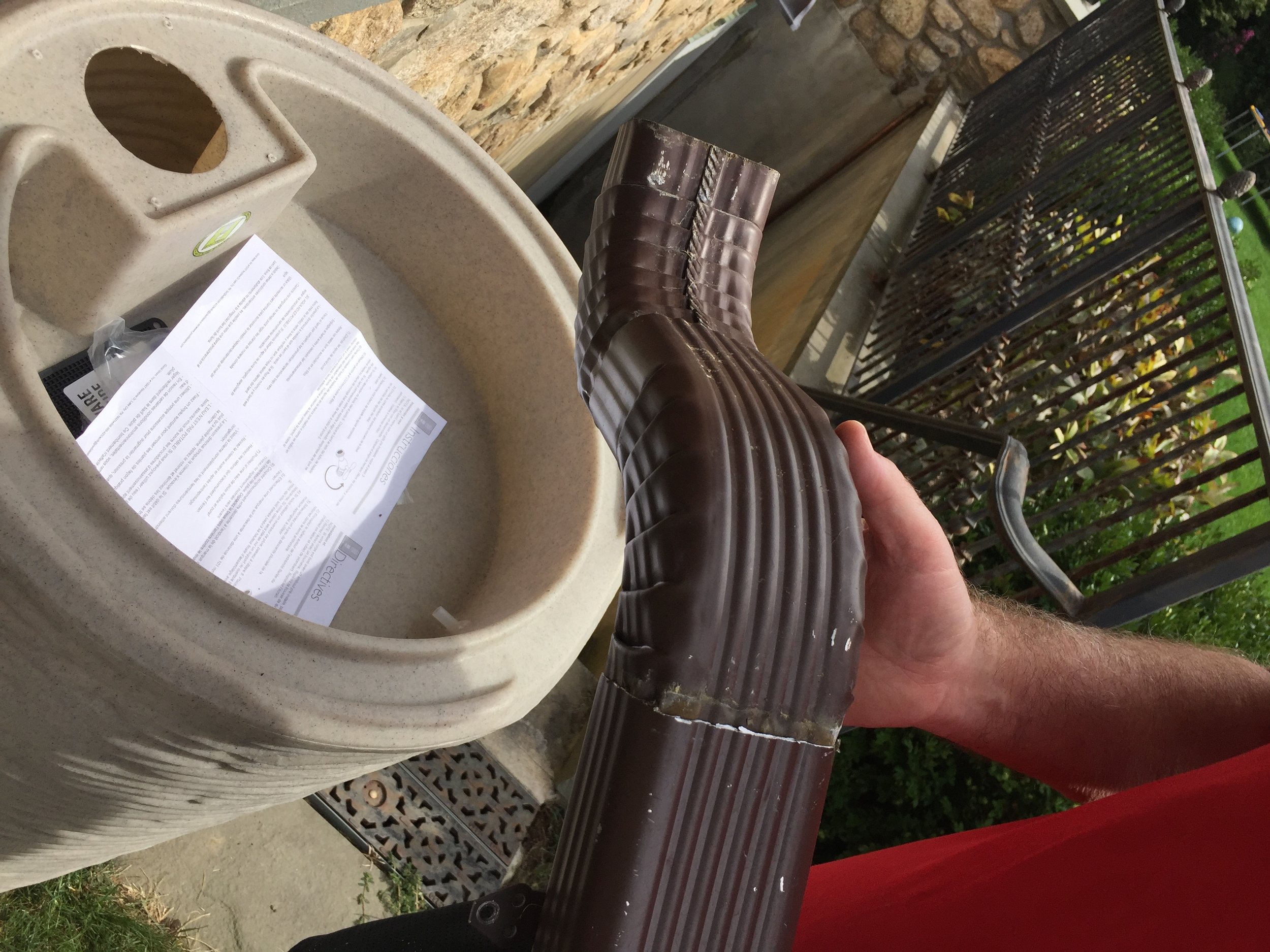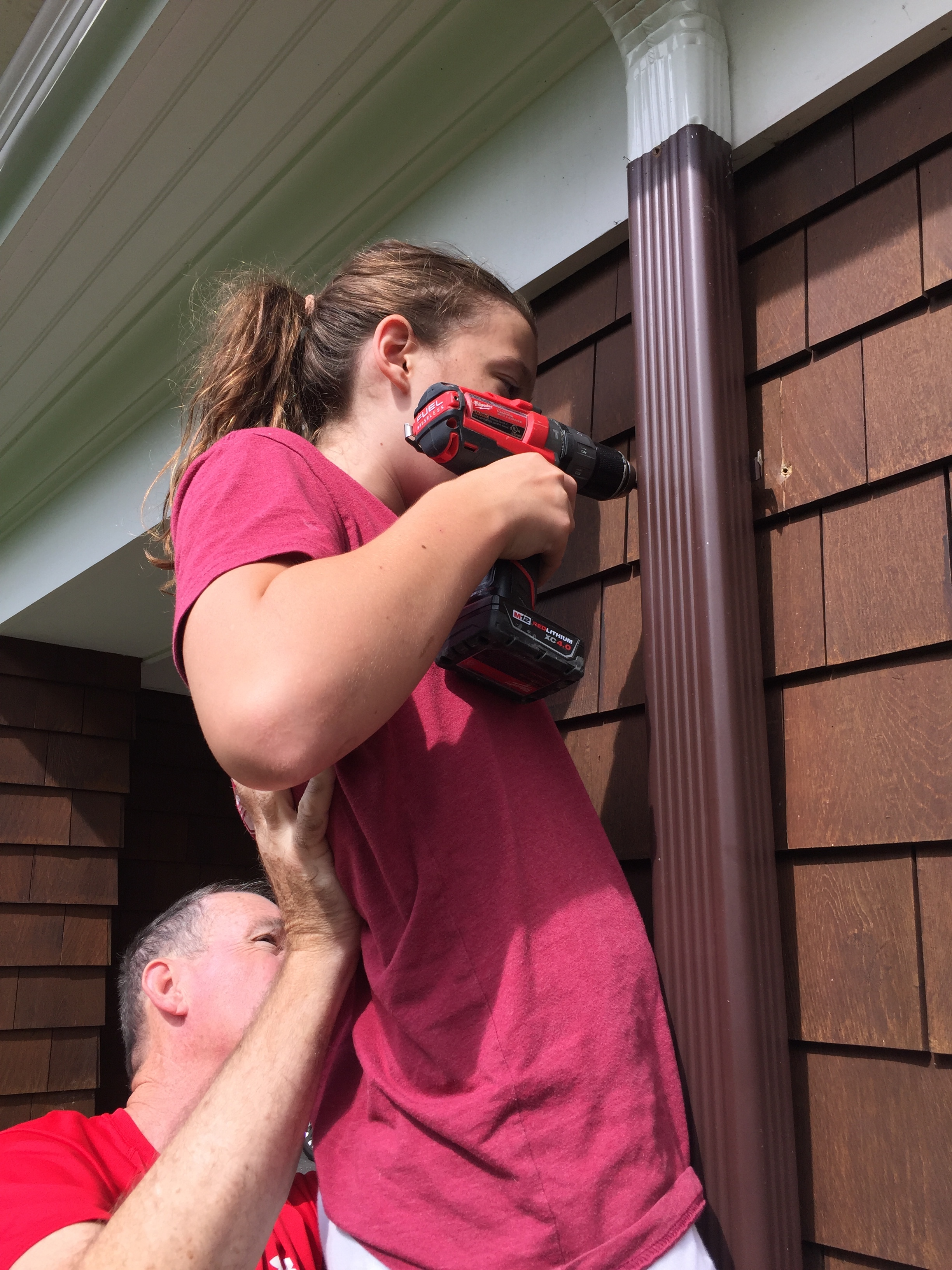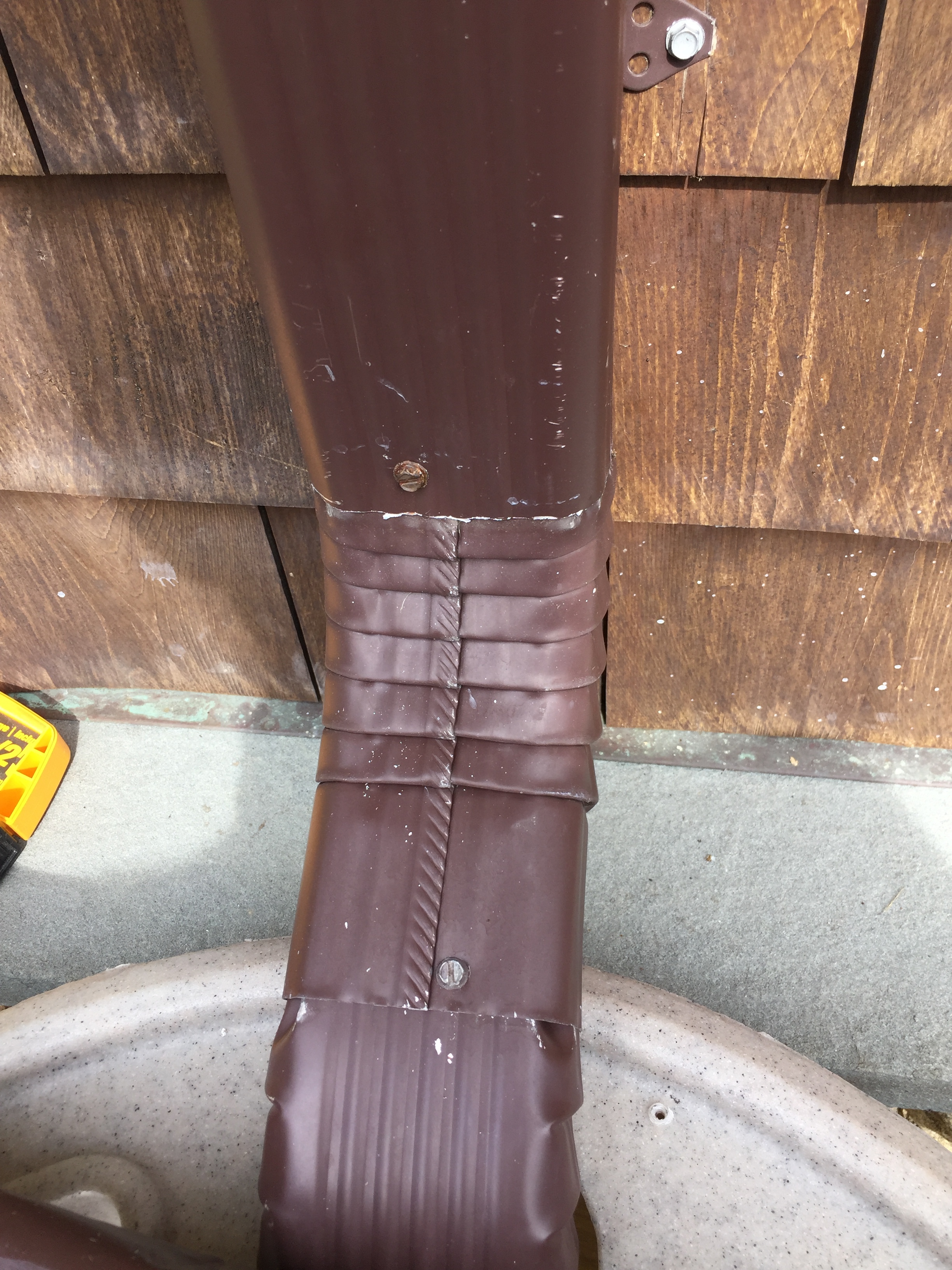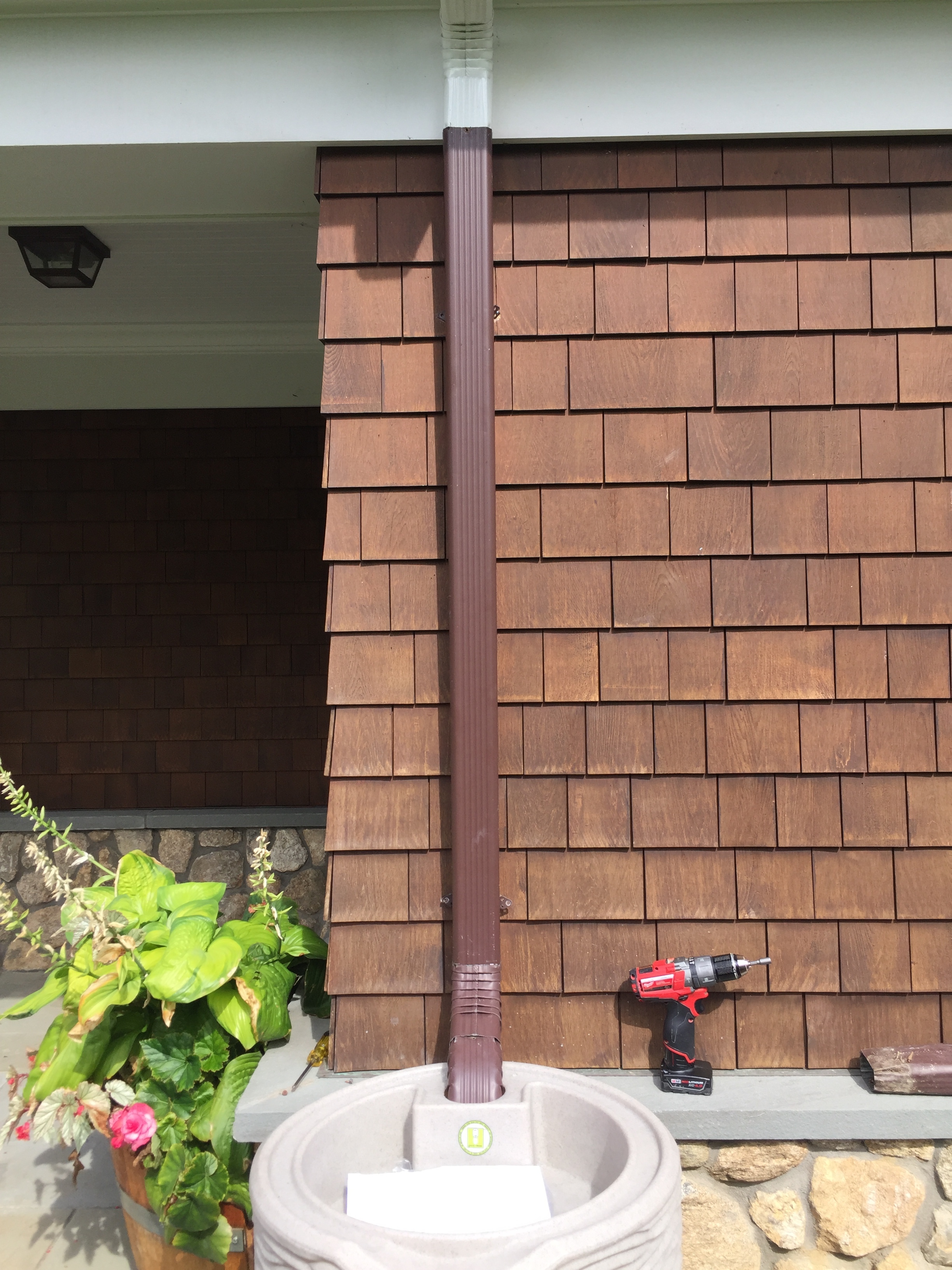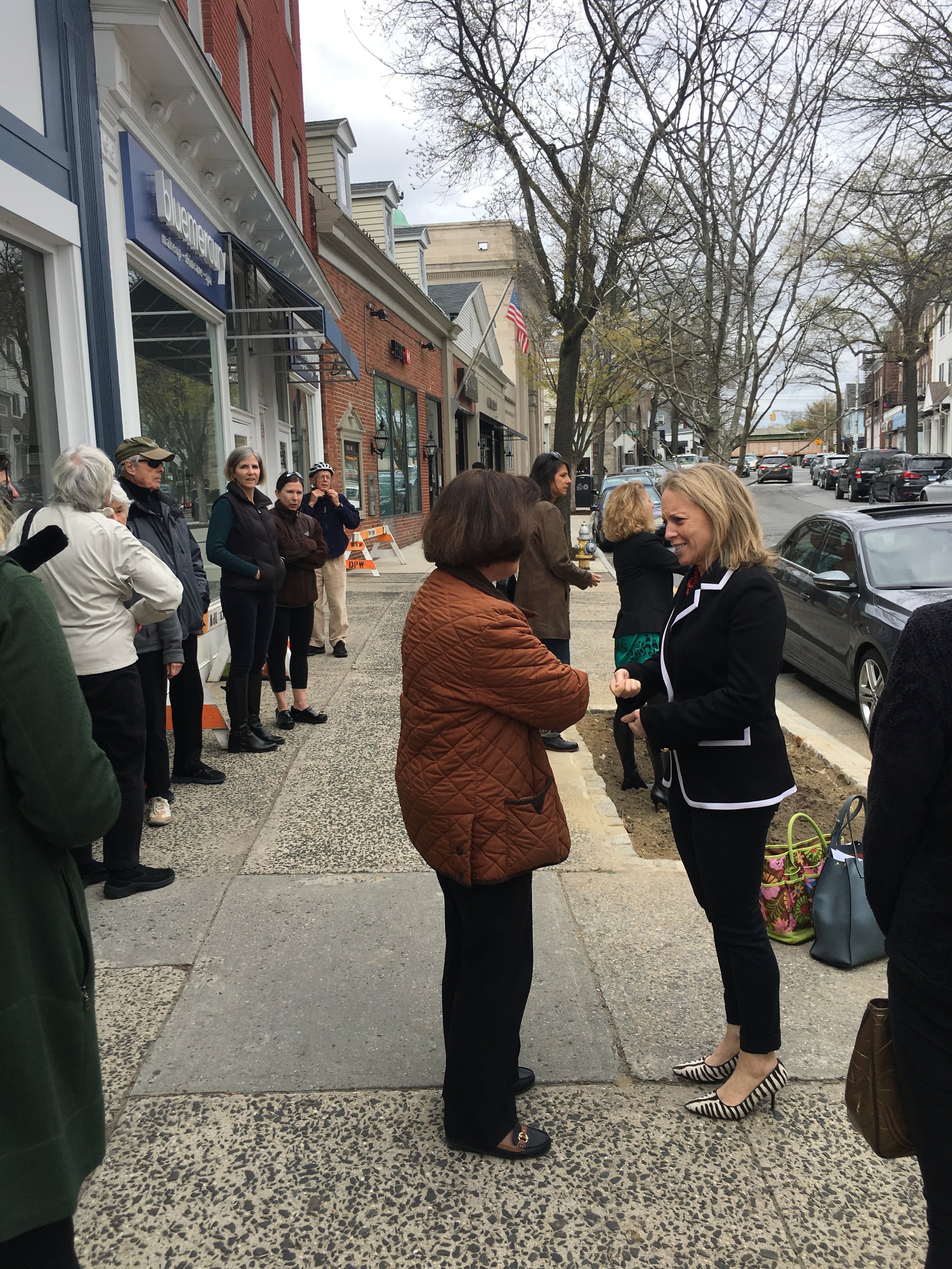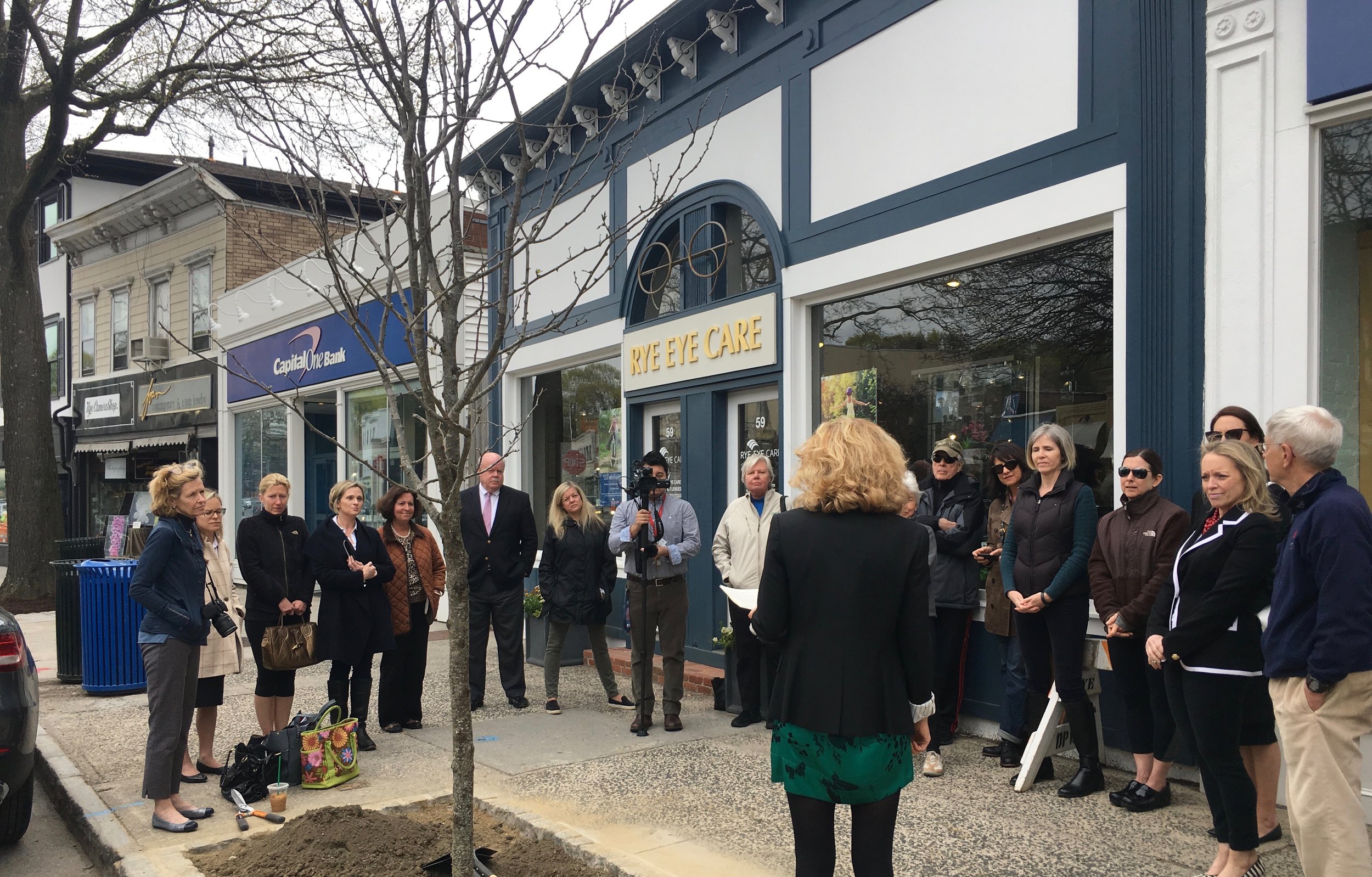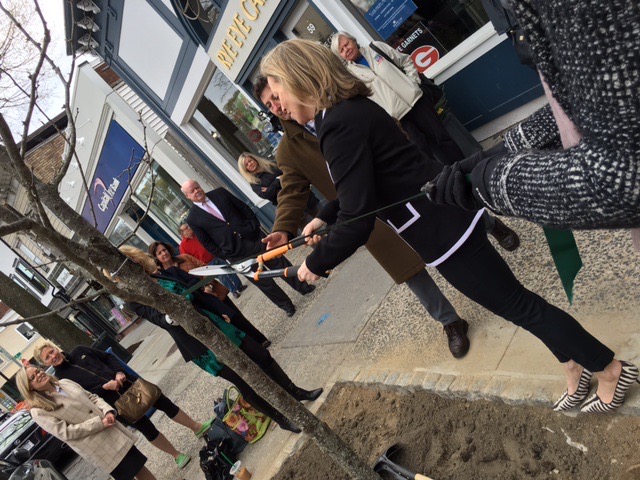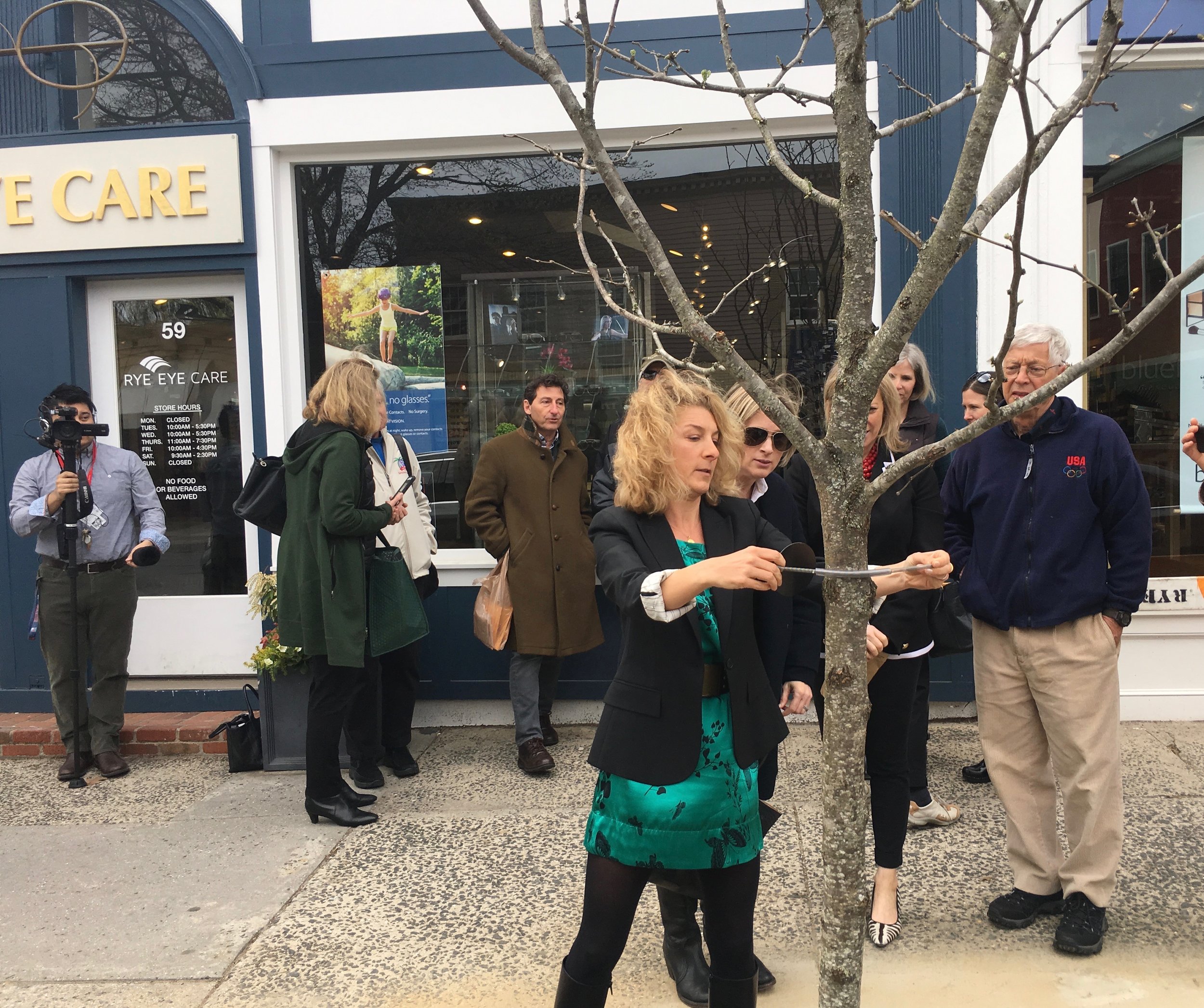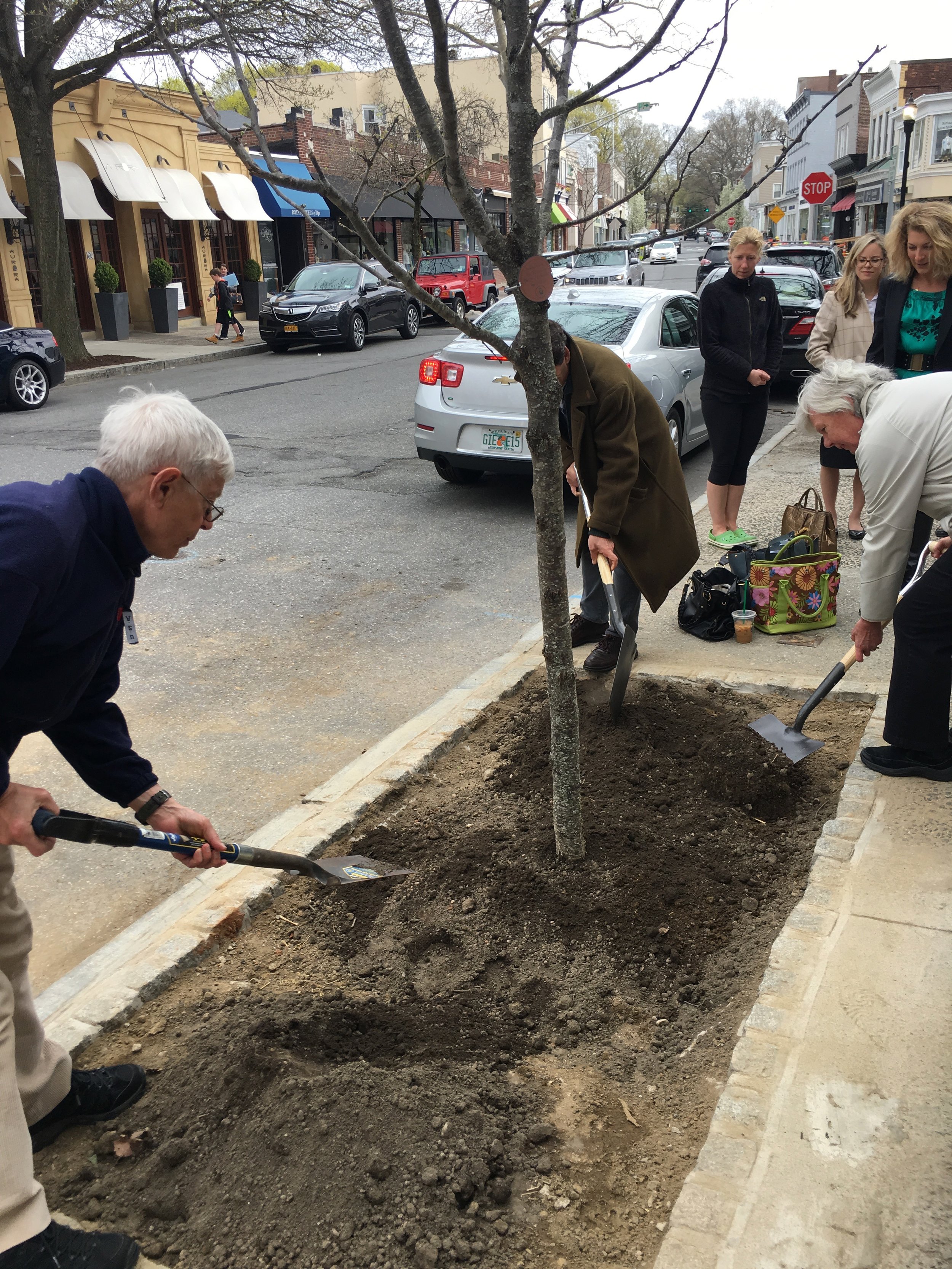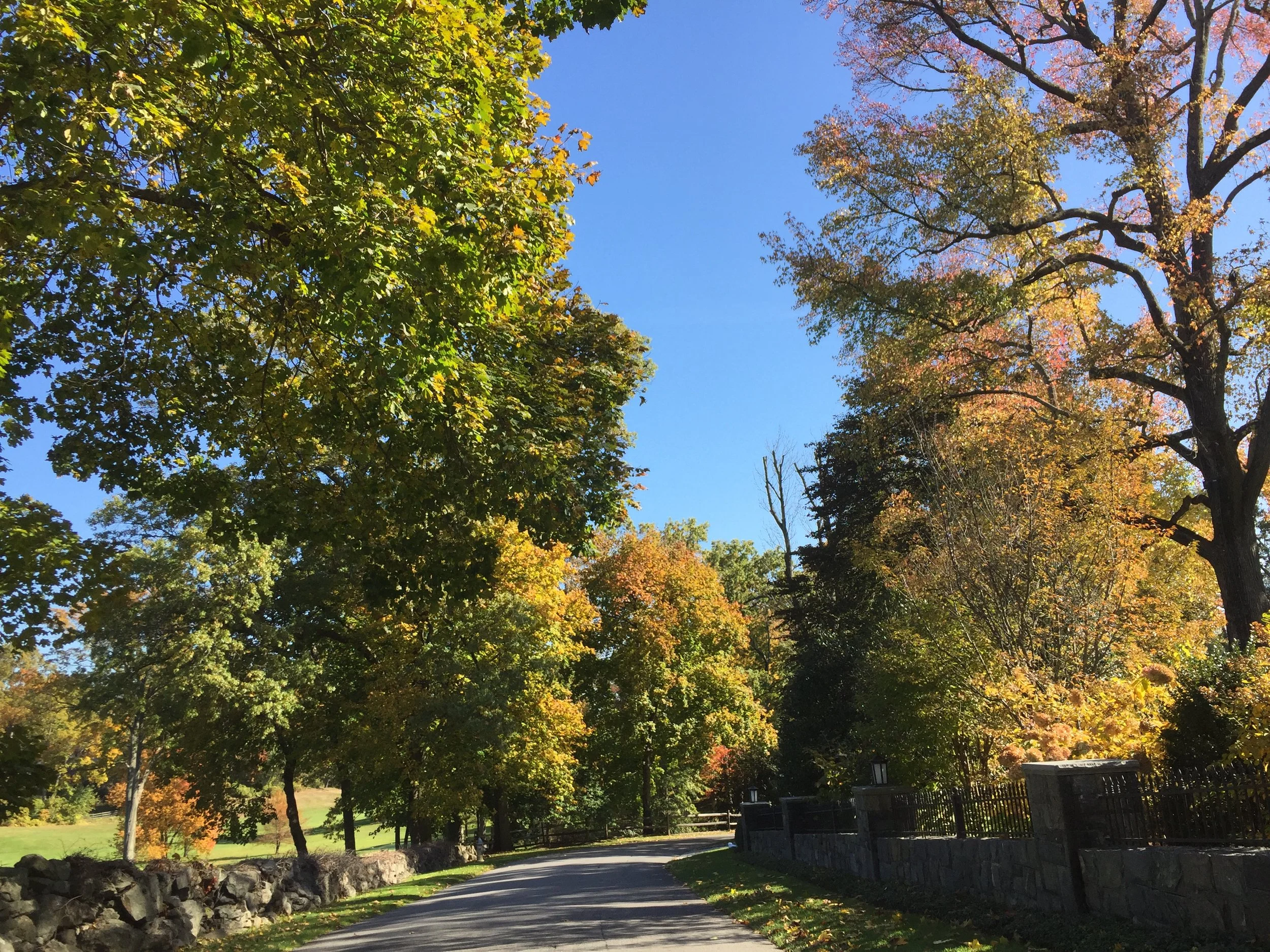The process of going green has been slow and steady for our family. It started with recycling and then over the years its started to grow: eliminating pesticides from our yard, purchasing an electric car and now, a rain barrel.
Why a Rain Barrel?
One day while it was raining, I began to think of the missed opportunity to capture that water for our plants, which I've kept alive in spite of my notorious brown thumb. I think this may have been one of the scariest changes for me since it required a power tool - not exactly my strong suit. However, with the help of my dad and kids, it took less than an hour to install and has allowed us to use less water.
Where to Purchase
Like most things in life these days, I ordered mine online. With Amazon, Frontgate and Hayneedle, you have great choices. However, there are also local options from which to choose. You can order one online at Home Depot and then pick up at the store, or every spring the Greenburgh Nature Center sells them. They start at $75 and go up from there and max out at $200.
Something to keep in mind is the location of the spigot. If you get a barrel with only one spigot close to the ground, consider getting a stand as well for easier access.
Start to Finish: 30-45 minutes
The first step is to walk around your house and locate the best fit for the rain gutter to lead into the barrel. Next you'll need a hacksaw, a drill and teflon tape, which can be found in the plumbing aisle of a hardware store. (This is used to ensure a tight fight around the spigot.)
Remove the down-spout running down the side of your home so that you can shorten it to fit into the rain barrel. Measure how long the down-spout needs to be to continue down the side of the house and into the rain barrel. We fit the existing curved piece back into the pipe and led it directly into the barrel. When sawing, keep in mind that it's easiest if you place a piece of 2 x 4 wood inside the pipe to prevent the aluminum from collapsing while it is being cut. Saw a bit on each of the four sides before sawing all the way through.
Once the down-spout is securely in place, secure it back to the house and, if using a bent portion to lead it into the barrel, use a screw to hold the two pieces of down-spout together.
The final step: attaching the spigots. To ensure a tight fit, wrap teflon tape around the threaded (male) portion of the spigot. You'll only need to wrap it a few times, making sure you pull it taut. Screw the spigot into the appropriate hole(s) by twisting it into place. It's helpful to have two spigots, with one lower to the ground, so that if there's a small quantity of water in the barrel, you can access water with the bottom spigot.
You're ready for rain!
Resources AND TIPS
- Empty frequently after rain events so the barrel is ready for the next storm!
- Empty completely in winter and store in a shed or garage. A full barrel will freeze and break.
- Reconnect the downspout in winter or use a diverter.
- EPA Sheet on Rain Barrels
- Benefits of Rain Barrels
